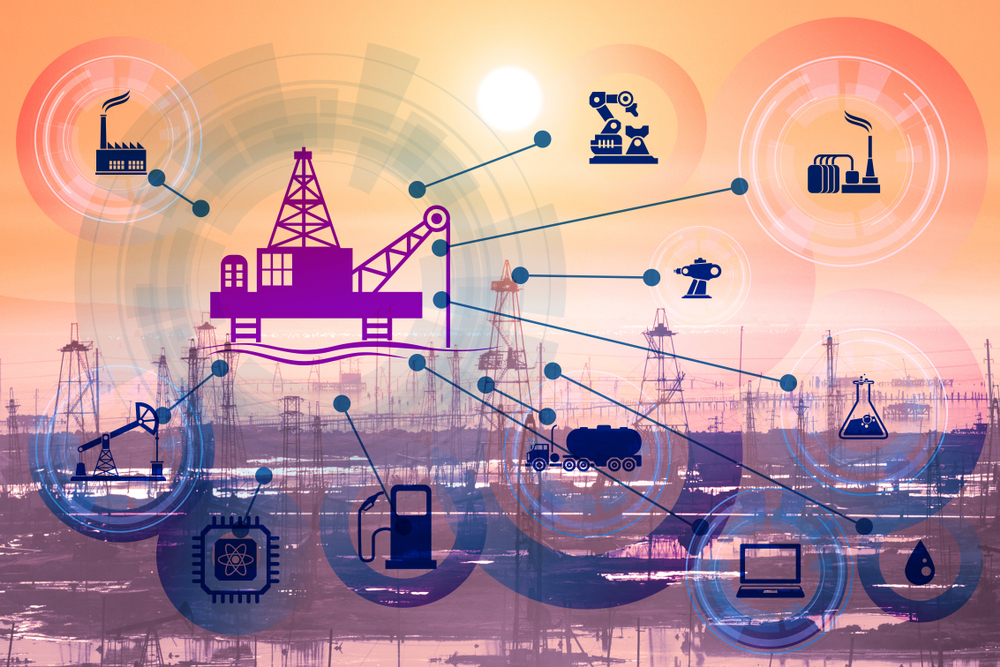Cyber-physical systems (CPS), integrate computing, communication and control using networks and physical processes. These systems allow companies to represent the reality of the physical world in digital environments. They are thus able to conduct simulations, tests, predictions, and many other possible operations that the technology offers. This can lead to important gains in competitiveness for a business.
In practice, cyber-physical systems operate like this: computers and the integrated networks monitor the physical processes with sensors that generate data from operation of a certain machine or system. This information is replicated in a digital environment, online as a mirror, so that the conclusions can affect both sides, in a demonstration in the virtual environment or through actuators in the physical environment. It is important to highlight that this data must be reliable and secure so that it can support decision making with an acceptable level of risk.
Cyber-physical systems can provide abstractions and options in modeling, design and analysis in an integrated manner. This is a relatively new concept and solution and about which much is said when examining digital transformation at companies. However, there is still strong unexplored potential for use of this technology, which is in development and being improved throughout the world.
The sectors that have most benefited from the creation of cyber-physical systems are those that involve large infrastructure and costly operations, such as the oil and gas industry, electrical energy generation (power plants, dams, wind turbines, solar, etc.) and distribution (transmission lines), aviation, heavy machinery, and others, but also those that produce critical goods and services, and that should be very careful in the analysis of their risks. Failures in these sectors can cause significant losses or even the loss of life.
Cyber-physical systems and the concepts of digital twins, IoT and cloud computing
Cyber-physical systems are large umbrellas of other integrated concepts, such as:
- Digital twins,
- Cloud computing
- Industrial Internet of Things (IIoT).
We will now present these concepts and how they are contextualized in cyber-physical systems.
Digital twins
Digital twins are the virtual representatives of a smaller unit of a cyber-physical system, whether a component or a machine. They represent physical objects or real processes that are in progress in an individualized manner. They are considered central elements of cyber-physical systems and are essential for presenting information that can improve a business.
Cloud computing
Cloud computing is a highly utilized medium through which communication is conducted among physical twins and their digital twins. Data remains accessible to various users over the internet.
IIoT
This is the application of the IoT concept to industry. The Industrial Internet of Things (IIoT) describes the generation of data from instruments, sensors and devices connected to computers in a network.
Combining these three concepts in a broad scope, cyber-physical systems allow conducting data analysis and training of artificial intelligences, to support decision making.
Advantages of cyber-physical systems at companies
The opportunities presented by the technology are tremendous, and the focus is always on competitiveness.
The digitalization of industry is a global movement that is not turning back. The economic and social crisis triggered by the pandemic has accelerated the process.
Organizations that forecast that certain changes would only occur five years from now are racing against the clock to survive in the market. The risk is real.
The constant goal to reduce costs that is necessary to a greater or lesser degree at practically all companies involves:
- Optimization of processes,
- Increased productivity,
- Reduction of errors and non-conformities,
- Zero waste (or as little as possible).
Technology can stimulate the revival of production and growth at a company, which requires agile, accurate, innovative and collaborative decisions.
How to implement cyber-physical systems
The investment of financial resources for the adoption of cyber-physical systems may not need to be high, especially at the beginning of the project. It is possible to begin with small steps, focusing on critical characteristics and using technologies with accessible costs, and quickly observing the results and impact it can bring.
Thus:
- Begin with a pilot project, in a department or with a small team;
- Determine the resources that will be used;
- Select the people involved and train them;
- Work as a project, controlling deadlines and costs;
- Implement the new technologies;
- Monitor the implementation to take actions.
What must be considered:
- What is the objective of the implementation of cyber-physical systems and the results expected?
- What is the current situation on the factory floor? Are the technologies, protocol and measurements adequate?
- How is the integration of the information and their flow?
- What is the current computing capacity?
- Is the suitability of the physical and virtual spaces and the distribution of the staffs coherent?
We hope that with this information, you will be able to advance in making the initial decisions in a project to implement cyber-physical systems at your company. If you have any doubts and want to learn more about the issue, please contact Certi’s specialists. We are waiting.
